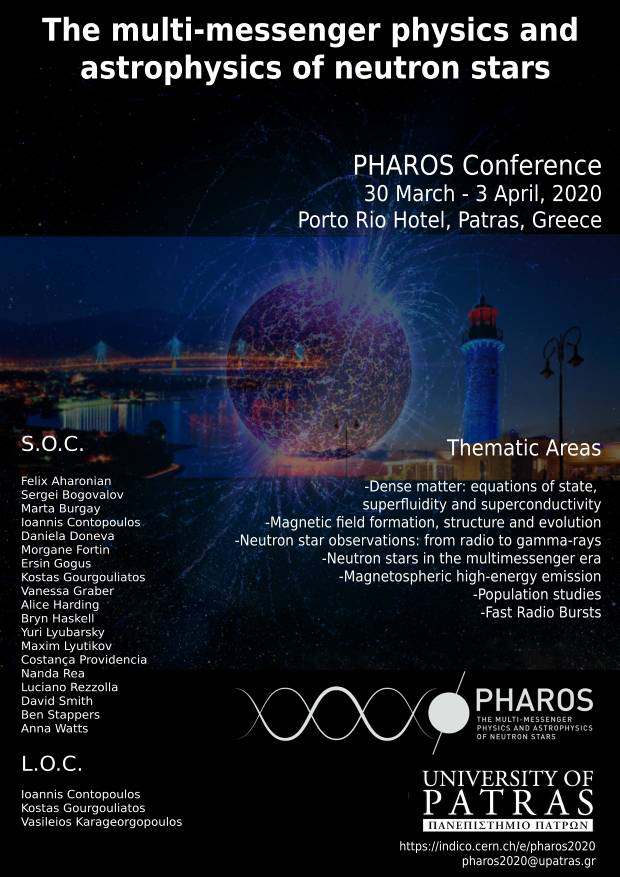Speaker
Description
Clark et al. (in prep.) recently discovered a gamma-ray pulsar associated with the Fermi-LAT source 3FGL J2039.6-5618, now PSR J2039-5617, and they obtained an accurate pulsar ephemeris from the gamma-ray data. We processed observations with the Parkes Radio Telescope using the \gamma-ray ephemeris, and detected PSR J2039-5617 as a radio millisecond pulsar. The pulse shows a single broad peak profile, which is misaligned with the gamma-ray one. Full orbit observations at 1.4GHz show that the signal is eclipsed for about half of the orbit, thus confirming the foreseen RB classification for this system, and ascribing the eclipsing mechanism to the typical presence in RB system of intrabinary gas. The inferred value for the dispersion measure, $DM=24.724\pm0.054$ pc cm$^{-3}$, indicates that the radio signal might be affected by interstellar scintillation, a phenomenon that can explain why pulses have not been detected in some observations taken around inferior conjunction. From the dispersion measure we derive a pulsar distance of $1.726\pm0.690$ kpc based on the YMW16 Galactic electrons distribution model, and compatible with the hydrogen column density obtained from the XMM-Newton spectrum. A comparison among radio and X-ray observations taken at different epochs shows no changes in the pulsar radio and X-ray emission.

